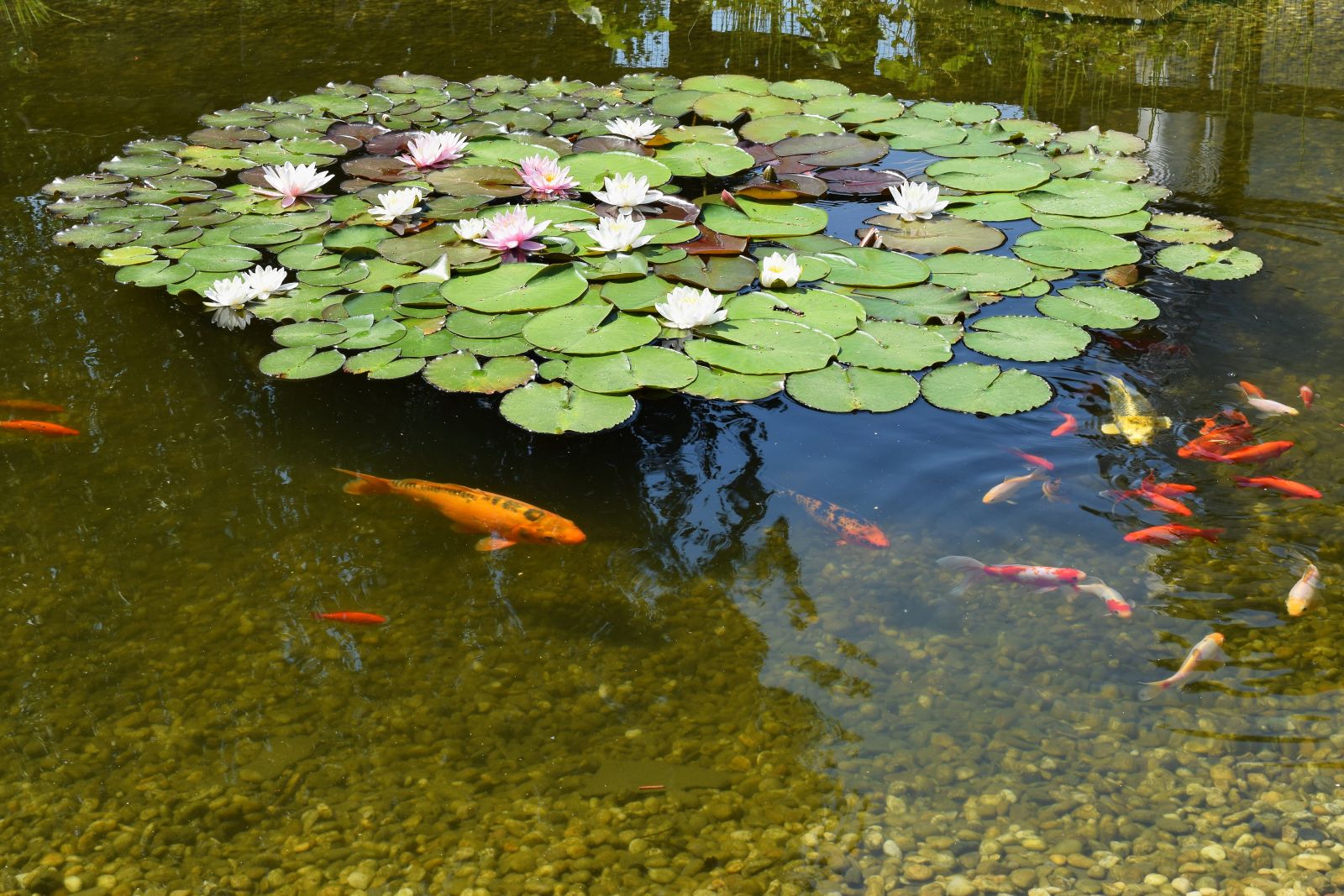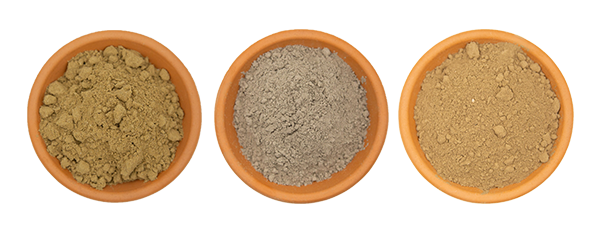Understanding Algae in Australian Ponds
| 11 February 2025

Imagine stepping outside on a bright summer morning, eager to admire the calm waters of your pond. Instead, you find a thick, green sludge blanketing the surface, fish gasping near the edges, and an unpleasant smell lingering in the air. This scenario is all too common in Australia's warm climate, but the good news is that with the right approach, you can restore your pond to its natural beauty. This guide will walk you through effective natural and chemical methods to remove algae, along with preventative measures to keep your pond healthy year-round.
Understanding Algae in Australian Ponds
Common Types of Algae
Algae come in various forms, but the most problematic in Australian ponds include:
- Planktonic Algae – These microscopic algae turn water green and cause pea-soup-like conditions.
- Filamentous Algae – Also known as "string algae" or "pond scum," these form dense mats on the surface or underwater.
- Blue-Green Algae (Cyanobacteria) – Toxic to fish, pets, and humans, often thriving in nutrient-rich, stagnant water.
Why Does Algae Thrive in Summer?
The intense Australian sun, combined with still water and excess nutrients (from decomposing leaves, fish waste, and runoff), creates the perfect conditions for algae blooms. A single warm spell can trigger an explosion of growth, turning clear water into a murky mess within days. Understanding these factors is the first step in choosing the right control methods.
Natural Algae Removal Methods
For those looking to restore their pond without harming aquatic life, natural methods are the best approach. Here are the most effective options:
1. Manual Removal
- Use a pond skimmer, rake, or net to physically remove floating and filamentous algae.
- Dispose of algae away from the pond to prevent nutrient leaching.
- For larger ponds, consider using a floating boom to contain and collect surface algae efficiently.
2. Aeration & Circulation
- Install a fountain, waterfall, or aerator to keep water moving.
- Oxygen-rich water prevents stagnation and discourages algae growth.
- Proper aeration can also support beneficial bacteria that break down excess nutrients.
- Recommended category: Pond Aeration Solutions
3. Natural Algaecides: Barley Straw
- Barley straw decomposes and releases natural compounds that inhibit algae growth.
- Use loosely packed bales or pelletized versions for better efficiency.
- Scientific studies suggest barley straw works best in well-aerated ponds and should be replaced every few months.
4. Introduce Algae-Eating Fish & Wildlife
- Species like silver perch, Australian bass, and koi help control algae naturally.
- Native freshwater mussels and tadpoles also consume excess algae.
- Encouraging natural predators like dragonfly larvae can help maintain an ecological balance.
5. Plant More Aquatic Vegetation
- Floating plants like water lilies and duckweed reduce sunlight penetration.
- Submerged plants (e.g., elodea, hornwort) compete with algae for nutrients.
- Marginal plants such as reeds and rushes help absorb excess nutrients before they enter the water.
6. Reduce Nutrient Input
- Avoid overfeeding fish and remove uneaten food promptly.
- Prevent runoff from garden fertilizers and livestock areas.
- Use pond filters or biofilters to trap organic waste.
- Regularly clean out fallen leaves, dead plants, and other organic matter to limit nutrient buildup.
Chemical Algae Removal Methods
When algae growth is severe, chemical treatments can be necessary. However, it's important to use them responsibly to avoid harming native wildlife and aquatic ecosystems.
1. Copper-Based Algaecides
- Effective against most algae but can be toxic to fish in high doses.
- Must be applied in accordance with Australian regulations.
- Long-term use can lead to copper accumulation in sediment, affecting beneficial microorganisms.
- Recommended product: PondMAX CleanMAX (940ML)
2. Peroxide-Based Treatments
- Hydrogen peroxide or sodium percarbonate treatments break down algae without long-term toxicity.
- Safe for fish and plants when used correctly.
- Useful for treating floating and filamentous algae without affecting beneficial bacteria
- Recommended product: Growth Technology Oxy Plus (500ML / 1L / 5L)
3. Flocculants (Algae Clumpers)
- These bind algae together, making it easier to remove manually or via filtration.
- Ideal for severe planktonic algae blooms.
- Best used in combination with other control methods to ensure long-term success.
- Recommended products:
Preventative Measures to Stop Algae from Returning
The best way to manage algae is to prevent it before it becomes a problem. By maintaining a balanced pond ecosystem, you can reduce excess nutrients and stop algae from taking over. Here’s how:
1. Reduce Sunlight Exposure
- Algae thrive on sunlight, so limiting direct exposure can slow their growth.
- Use floating plants like water lilies, pond covers, or pond-safe dyes to shade the water and reduce algae-friendly conditions.
2. Maintain Proper Water Levels
- Low water levels concentrate nutrients, creating a breeding ground for algae.
- Regularly top up your pond with clean, dechlorinated water, especially during the hot Australian summers when evaporation is high.
3. Perform Regular Maintenance
- Skim debris (leaves, dead plants, and fish waste) before they decompose and release nutrients into the water.
- Clean and check filters regularly to keep water quality high.
- Monitor fish populations—too many fish produce excess waste, leading to higher nutrient levels.
4. Use Beneficial Bacteria
- Beneficial bacteria break down organic waste and excess nutrients, making them unavailable for algae.
- These bacteria naturally improve water clarity without harming fish or plants.
- Recommended product: PondMAX BactiMAX Natural Water Clarifier (940ML)
5. Install a UV Clarifier
- A UV clarifier destroys free-floating algae by exposing them to ultraviolet light, preventing blooms before they start.
- Works best in combination with a good filtration system.
- Recommended product: UV Clarifiers for Ponds
6. Encourage Biodiversity
- A balanced ecosystem helps keep algae in check naturally.
- Introduce aquatic plants that compete with algae for nutrients, such as hornwort, duckweed, and anacharis.
- Add algae-eating fish like Siamese algae eaters, plecos, and koi.
- Support natural pond life, including snails, insects, and microorganisms, to maintain a healthy aquatic environment.
Australian Regulations on Algae Control
- The use of chemical algaecides is regulated by the Australian Pesticides and Veterinary Medicines Authority (APVMA).
- Always check local council guidelines before using treatments in natural water systems.
- Overuse of chemicals can lead to oxygen depletion and fish kills, so always follow dosage instructions.
- If dealing with blue-green algae, contact local environmental authorities as large-scale blooms can pose health risks.
Conclusion
Algae removal requires a combination of methods suited to your pond’s conditions. Whether you opt for natural solutions or chemical treatments, keeping your pond aerated, nutrient-balanced, and well-maintained is key to long-term algae control. By following these best practices, you can enjoy a clear, healthy pond even through the peak of the Australian summer.
So next time you wake up to find your pond overtaken by green slime, don’t panic. With the right strategies, you can turn things around and restore your pond to its tranquil, thriving state — just as nature intended.
FAQS
The quickest method depends on the type of algae present. For floating and string algae, manual removal using a skimmer or rake is immediate. For microscopic algae, a UV clarifier or chemical algaecides (such as peroxide-based treatments) can provide rapid results. However, long-term prevention is key to stopping regrowth.
Yes, but with caution. Copper-based algaecides can be toxic in high concentrations, especially for fish and amphibians. Peroxide-based treatments are safer and break down quickly in water. Always follow APVMA (Australian Pesticides and Veterinary Medicines Authority) guidelines and apply treatments in the recommended dosage.
Preventative measures include improving water circulation with aerators, adding more aquatic plants to absorb excess nutrients, and reducing organic waste like leaves and uneaten fish food. Installing a UV clarifier can also help prevent algae blooms by targeting microscopic algae before they multiply.
Yes, but it requires patience. As barley straw decomposes, it releases natural compounds that inhibit algae growth. It works best in well-oxygenated water and should be replaced every 3-6 months. While effective for long-term control, it won't provide immediate results for an existing algae bloom.
No, blue-green algae require special handling as they can produce toxins harmful to fish, pets, and humans. If you suspect a blue-green algae bloom, avoid contact with the water and notify local environmental authorities. Aeration, nutrient control, and chemical treatments (such as peroxide-based solutions) can help manage outbreaks, but large-scale infestations may require professional intervention.



